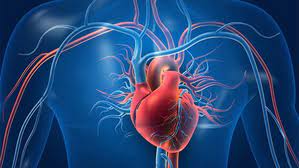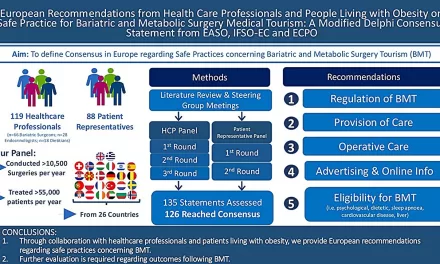For years, the fitness industry thrived on the “no pain, no gain” philosophy, pushing individuals to their limits in pursuit of peak physical performance. However, a major shift is underway, with experts now emphasizing recovery as an essential component of a well-rounded fitness regimen.
One of the most notable voices in this movement is Tony Horton, the creator of P90X, a workout program that became a household name in the 2000s. Horton, who once advocated intense training sessions, now acknowledges the importance of rest and recovery.
“I didn’t know then what I know now,” Horton admitted, reflecting on his decades in the industry. “Back then, it was all about warm-ups and cool-downs. Now, it’s about taking care of the body in a much more holistic way.”
Horton’s new approach includes ample sleep, ice baths, foam rolling, and sauna sessions, among other recovery methods. He argues that without proper rest, fitness progress is unsustainable.
The Science of Recovery
This shift in mindset is supported by leading fitness organizations like the American College of Sports Medicine (ACSM) and the National Academy of Sports Medicine (NASM). Studies have shown that rest is essential for muscle repair, injury prevention, and optimal performance.
Stan Kravchenko, founder of the OneFit personal training platform, explains that rest alone isn’t enough—lifestyle factors such as nutrition, sleep, and stress management play critical roles in overall fitness.
“It’s not just about exercise anymore,” Kravchenko said. “Trainers today consider all aspects of a person’s life to help them reach their goals.”
Discomfort vs. Pain
While recovery is key, experts stress that challenging workouts are still necessary to improve strength and endurance. Michael Zourdos, chair of exercise science at Florida Atlantic University, explains that while lifting weights to the point of failure can build muscle, it’s not required for strength gains.
“There is a difference between training for health and training for elite performance,” Zourdos noted.
Horton agrees, adding that there’s a fine line between discomfort and injury. “You need to challenge your muscles, lungs, and heart, but sharp pain is a signal to stop.”
General Recovery Guidelines
Recovery needs vary depending on individual goals, but Kravchenko recommends allowing 48 hours of rest per muscle group when lifting weights. Additionally, he advises:
- Performing a maximum of 10 sets per muscle group per week.
- Resting two to three minutes between sets.
- Engaging in light activities such as walking, yoga, or stretching on rest days.
Mindfulness as a Recovery Tool
Beyond physical recovery, Horton and Kravchenko highlight the role of mindfulness in fitness. Meditation and stress reduction techniques can improve mental resilience, making it easier to stay consistent with workouts.
“Before committing to an exercise routine, establish a mindfulness practice,” Horton advises. “It sets the foundation for long-term success.”
As fitness trends continue to evolve, one thing is clear: recovery is no longer an afterthought—it’s an essential part of the journey to better health.
Disclaimer: This article is for informational purposes only and does not constitute medical or fitness advice. Always consult a healthcare or fitness professional before starting any new workout or recovery routine.











